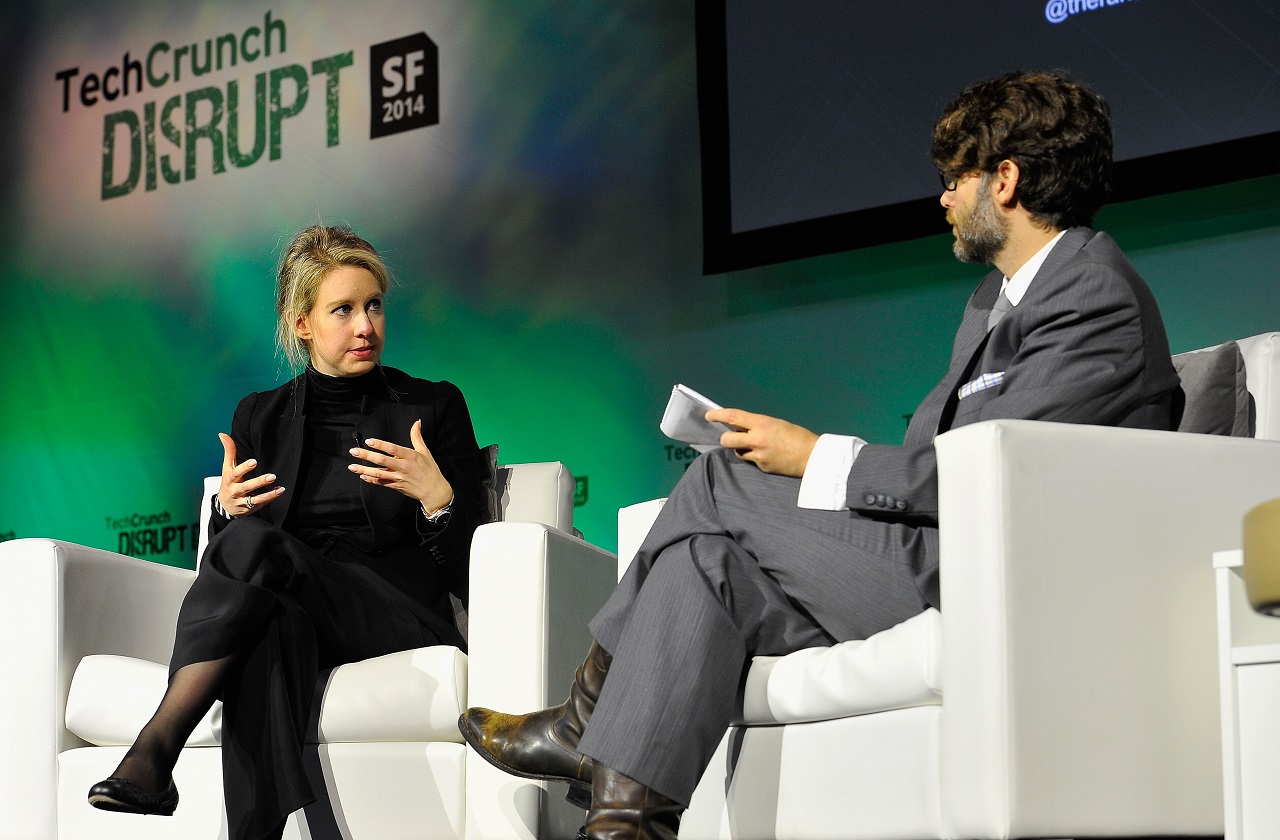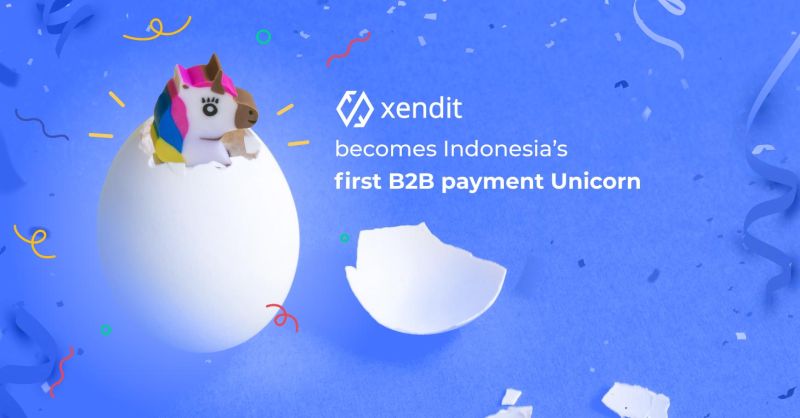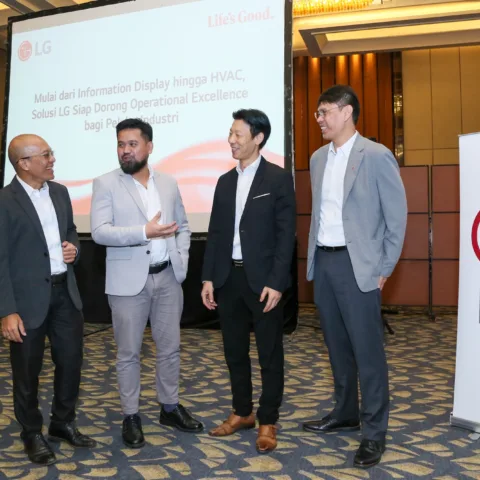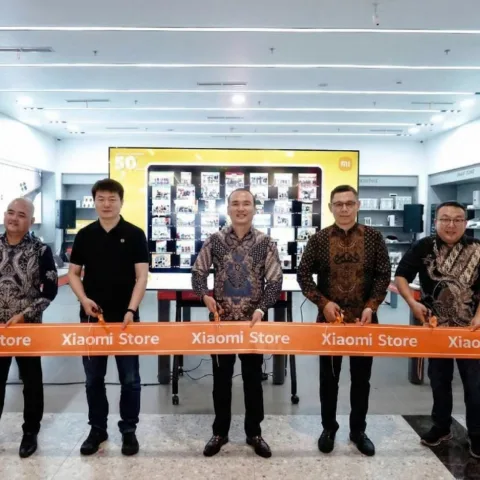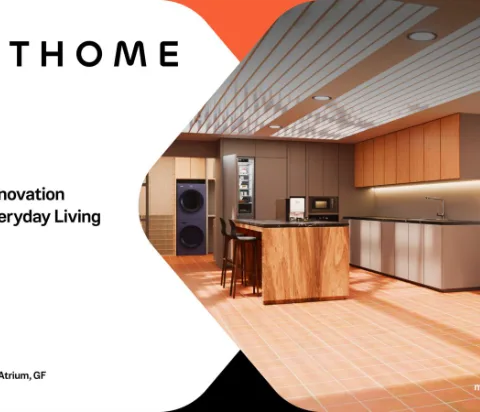UOB officially announced TMRW digital savings products in Indonesia, after first launched in Thailand in March 2019. TMRW will compete with other digital banks, such as Jenius and Digibank because they both targeting digital-savvy millennials.
Director of UOB Indonesia, Kevin Lam explained, the Indonesian population is dominated by young consumers, who are active and digitally competent. As many as 96% of Indonesians have smartphones and consumers’ connectivity rate continues to grow from year to year.
The generation wants digital services that can be accessed anytime and anywhere to help achieve their aspirations. “Through TMRW, we hope to help them meet financial goals,” he said in an online press conference on Monday (3/8).
According to the SEA e-Conomy 2019 report compiled by Google, Temasek, and Bain & Company, out of the 400 million people in Southeast Asia, nearly half of them are unbanked and the remaining 24% are underbanked. In Indonesia, 51% of the population belongs to the unbanked group; 26% the underbanked; and 23% banked. The unbanked population in Indonesia is the highest among other countries.
“We launched TMRW in Thailand last year and today in Indonesia. We will focus on the underbanked segment of the total population of 181 million residents, of which more than half are unbanked and underbanked.”
He further explained the target of TMRW users is the segment of young executives and professional families age 25-39 years.
TMRW consists of two forms of banking products, savings and credit cards. For the registration process, customers can choose savings only, or bundling. The account opening process can take up to 9 minutes to complete. Identity verification is done through a video call directly to the agent. Customer inquiries will be handled by a 24-hour chatbot named TIA (TMRW Intelligence Assistant) in Indonesian.
In addition, customers can specify transaction limits or cash withdrawals depending on their risk profile. Also, they provided a game feature called City of TMRW, allowing customers to build virtual cities when they start saving. When leveling up, they can improve the look of their virtual city.
TMRW comes with a QR feature supported by QRIS standardization. Customers can make payments by scanning the QR code provided by the outlets that have been registered at QRIS.
Kevin ensures that other financial service features outside of banking will be increasingly equipped in the future. For example, some features listed in the plan is the purchase of investment and insurance products.
Reflecting on the positive feedback in Thailand, it will be duplicated in accordance with the current conditions in Indonesia. In Thailand, TMRW won various awards and claimed to have 100 thousand active customers.
“It is expected that TMRW can capture 3 to 5 million new customers in the ASEAN market over the next few years.”
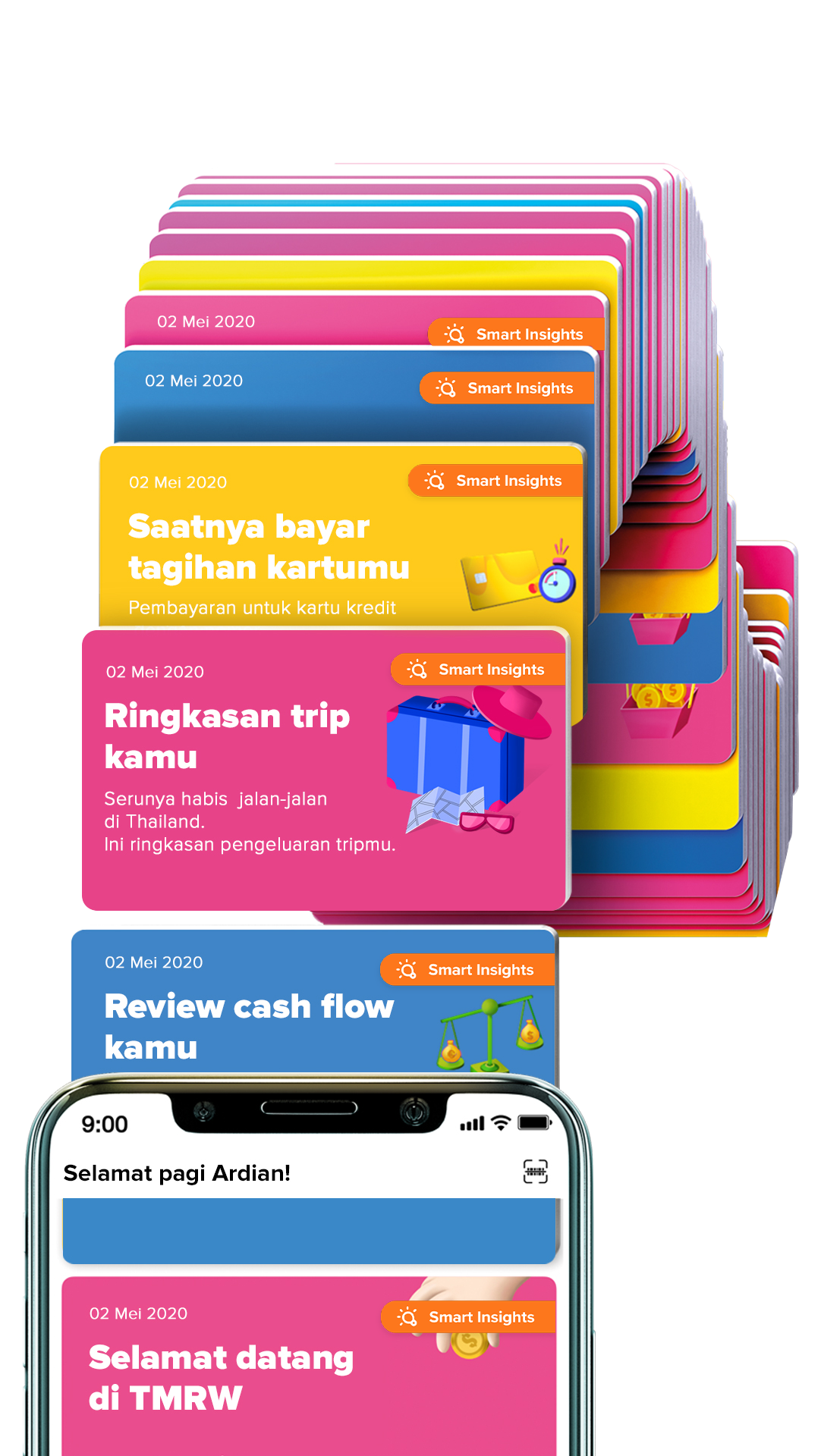
Aims to be an engagement digital bank
By positioning itself as a digital bank, TMRW integrates complex data analytic technology solutions with the established technology infrastructure of UOB and an in-depth understanding of Southeast Asian market trends and customers built over the past eight decades.
The unique combination of customer-focused innovation enables TMRW to present a personal banking experience with a dialogue to serve the customer’s demand. Therefore, TMRW will not use the banking terms as to be easily understood.
“Therefore, the suitable form of the digital bank should understand the millennial segment, concise, and simple; being a friend, not being a bank, and being proactive.”
In his presentation, Kevin explained that retail banking will have two sides in the future, digital banking (omnichannel) and digital banks. Both will complement each other because digital banking can access financial services to branches, but digital banks only utilize digital applications.
To that extend, UOB set a standard by creating a new business model, namely ATGIE which stands for Acquisition, Transactions, Generate Data, Insight, and Engage. Its implementation is cross-cutting which utilizes bank digital data to create digital interactions.
“We want to become a digital engagement bank. Engage is important because it makes it easier for customers to transact financial services, processes are more transparent, displays are easy to understand. We can also anticipate the customer’s demand by providing faster input to increase engagement,” he concluded.
–
Original article is in Indonesian, translated by Kristin Siagian


